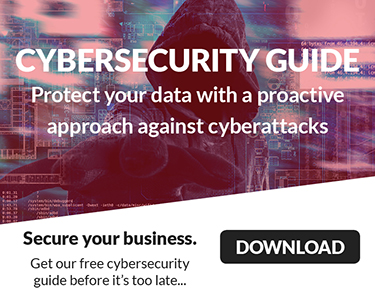 Let me ask you something.
Let me ask you something.
If someone walked into your office and asked to speak with “Admin,” who would they talk to?
Exactly.
Nobody knows. And that’s the problem.
🧠 Back to the Basics: Identity Is the New Perimeter
In our first post, we talked about how identity—not firewalls—is the new front door to your business.
Every login, every file access, every app connection starts with identity.
So what happens when your business uses generic email accounts like:
These aren’t identities.
They’re anonymous entry points—and attackers love them.
🕵️♂️ Real-World Scenario: The “Info@” Incident
A client once had their info@ email compromised.
It was used by multiple people, had no MFA, and was tied to several vendor accounts.
The attacker didn’t need to guess a password.
They just used a token from a phishing email—and boom, they were in.
No alerts. No MFA prompts. No accountability.
And because no one knew who was responsible for info@, it took days to realize what had happened.
⚠️ Why Generic Emails Are Risky
Let’s break it down:
- No clear ownership
- Who’s responsible for security? Who gets alerts? Who changes the password?
- No accountability
- If something goes wrong, it’s hard to trace who did what.
- Often excluded from security policies
- Many businesses skip MFA or Conditional Access for these accounts.
- Used for critical services
- Billing, vendor portals, domain registrars—all tied to a faceless inbox.
🛡️ The Better Way: Shared Mailboxes + Named Accounts
Here’s the fix—and it’s simpler than you think.
Instead of using admin@, create a shared mailbox and assign it to specific user accounts.
For example:
- Create admin@company.com as a shared mailbox
- Assign it to jane@company.com and alex@company.com
- Require MFA and Conditional Access for both users
- Monitor access and activity through their individual identities
This way, you get:
✅ Clear ownership
✅ Full audit trails
✅ Strong identity protection
✅ Seamless collaboration
🧠 Analogy Time: Generic Emails = Unlabeled Keys
Think of generic email accounts like unlabeled keys in a drawer.
You don’t know what they open, who used them last, or if they’ve been copied.
Named accounts with shared access?
That’s like a keycard system with logs, permissions, and accountability.
👣 Your Action Step Today
✅ Ask your IT team:
“Are we using shared mailboxes with named user access—or are we still relying on generic email accounts?”
If the answer is “we’re still using admin@,” it’s time to make the switch.
🚀 What’s Next?
Review previous posts, how attackers exploit shared credentials and weak MFA setups—and what you can do to stop them before they start.
Want help reviewing your email setup or converting generic accounts into secure shared mailboxes?
We’ll walk through it with you—no jargon, no judgment, just clarity.







